The Asia-Pacific Economic Cooperation (APEC) Summit, held in San Francisco from November 11-17, gathered leaders from its 21 member states to deliberate on regional economic issues. On the morning of November 15, President Biden and Xi held their talk at Filoli Garden to discuss economic cooperation as well as topics including fentanyl, artificial intelligence, climate change, the Middle East, and Taiwan. On the other side of San Francisco outside the Chinese Consulate on Laguna Street, Students for a Free Tibet (SFT), the Uyghur American Association, and the Hong Kong Democracy Council (HKDC) co-organized a protest to unwelcome Xi. According to Anna Kwok, executive director of the HKDC, the protest aimed to spotlight Xi’s human rights violations, an issue that has been fading from public discourse yet persistent, and show the international community that suppressed people will not give up.
At 9:30 am, speakers representing various groups began delivering speeches in turns. The majority of protestors were Tibetans singing the Tibetan National Anthem (Gyallu), an important symbol of the Tibetan independence movement. Hong Kong activist Alex Chow, known for leading Occupy Central with Love and Peace and the Umbrella movement demanding ‘one man, one vote’ in 2014, also showed up on the speaker’s stage. A group of Uyghurs staged a performance art piece where they covered their eyes with black bandages and wore handcuffs, symbolizing their plight under Chinese authority. Additionally, people traveled from different places to the protest; a member of Hong Kong Forum Los Angeles (HKFLA), who did not disclose his name, said, “organizations such as HKFLA and HKDC often have such cooperations, despite our different focuses and approaches. It’s important to unite the entire Hong Konger community overseas.”
Solidarity & Approaches
Regardless of diverse cultural backgrounds and distinct advocacies among protestors, there was a strong sense of support and solidarity in the scene. “For Tibetans, our main advocacy is decolonization and the closure of boarding schools in Tibet,” during a brief break between protests, I had a chance to speak with Topjor Tsultrim, the Communications Coordinator of Students for a Free Tibet. Currently, there exist several boarding schools in Tibet where children are not permitted to speak Tibetan, but are instead required to use Mandarin Chinese. “It’s a colonist erasure of our culture,” Topjor emphasized., “SFT is committed to make voices and resistance of our people heard in the streets, by the national government & the UN.”
Organizations participating in the protest all share different advocacies. Protestors affiliated with HKDC were calling for a democratic and free Hong Kong, while Uyghurs’ main campaign was to end genocide and concentration camps in Xinjiang. Despite varying objectives, all these communities appear to stand in solidarity. A sense of unity and support is evident in the protest scene, where protestors encouraged each other to speak up and tell their life stories. The shared trauma of being victims of historical oppression by the Chinese Communist Party (CCP) creates a strong bond among the protesters and the larger communities they belong to.
Each group has different strategies to achieve their advocacies as well. SFT is dedicated to uniting people within the Tibetan community, while HKDC creates changes more on a federal level. During a brief conversation with Anna Kwok, she mentioned that in addition to actively participating in protests and uniting the Hong Konger diaspora, HKDC maintains close cooperation with stakeholders in the U.S. government to potentially influence the construction of democracy in Hong Kong. In June, a group of U.S. lawmakers, including Marco Rubio, Jeff Merkley, Chris Smith, and Jim McGovern, with whom HKDC collaborates closely, issued a joint statement demanding that John Lee, Hong Kong’s Chief Executive, be barred from attending APEC. In July, the U.S. State Department notified members of Congress that Lee would not be invited due to his human rights violations during the 2019 protests. This achievement by HKDC was realized through an unconventional approach: seeking a powerful third-party ally, which tends to be stakeholders within the U.S government, with aligned interests and a similar advocacy for human rights.
Transnational Repression & Extended Violence
Although the protest took place in the U.S, a country known for its tolerance of activism and protests, the participants in these protests face credible dangers. In July 2023, the Hong Kong Special Security agency released a wanted list of eight activists living abroad, including Anna Kwok, with a staggering $1 million bounty placed on her head. In the days leading up to the protests, Anna received multiple online threats from pro-Beijing trolls, which she described as “transnational repression orchestrated by Xi’s regime.” Relocating to a new country does not guarantee the safety of these activists, as threats and insecurity can easily cross national borders through the persistence of online networks and pro-Xi communities living abroad.
Verbal and cyber threats escalated into actual violence during the protests. On November 17, the final day of APEC, a member of SFT was physically assaulted by a supporter of the Chinese Communist Party (CCP) during the protests outside San Francisco Airport. A photograph posted on the official SFT account depicted a young man in his twenties with scratches and blood on the right side of his face, accompanied by the caption “Tibetan activist brutally assaulted & attacked by CCP supporters.” The violence directed at peaceful protesters, underscoring a lack of tolerance for diverse voices, highlights the disturbing reality of transnational repression, which extends to threaten the human security of political dissidents opposing Xi’s regime.
Further Implications
While it is challenging to gauge the immediate impact of these protests and whether they will trouble Xi Jinping, they serve as a unifying force for various independence movements within China’s sphere of influence. APEC provides a platform for such historically silenced communities to bring exposure to the human rights issues they care most about. “The presence of Xi, an architect of genocide, here in America compels us to resist his propaganda and the narrative that China is a peaceful and prosperous country open for business,” Topjor asserted. Thirty years ago, President Clinton and his administration embarked on an experiment to separate human rights records from economic engagement with China, hoping to promote economic engagement through trade relations while exporting democracy and human rights to China. “However, the substantial profits China has gained from the U.S. have been used to fund genocides, undermine human rights in Hong Kong, and develop missiles in Taiwan. It is impossible to discuss economic cooperation without acknowledging the numerous human rights abuses.” China’s rapid economic development cannot overshadow the undeniable human rights violations that persist.
Xi and CCP have been entrenched in the comfort zone for too long, silencing opposition and filtering out the sounds of protest. China has a sparse history of protests, with events like the Cultural Revolution rarely mentioned, and the Tiananmen Square protests entirely erased from official historical accounts. Any sign of protest, especially if it gains momentum, is swiftly suppressed, such as the A4 Revolution in November 2022. The lack of a protesting culture creates a significant divide between the ruling party and the lived experiences of different communities.
“One of Xi’s primary requests to come to APEC is to ensure he won’t see a single protester and won’t hear a single protest chant, but we make sure the first thing he sees after stepping out of the airport is [the] Uyghur flag, Tibetan flag, Hong Kong flag, and the first thing he hears is ‘free East Turkestan, free Tibet, free Hong Kong,” Topjor declared firmly. Although Xi turns his head away from human rights issues domestically, the protests during APEC become a reminder for him that there’s a bigger real world, where people demand freedom, liberty and human rights with different narratives, outside the Chinese nationalist bubble he has crafted for China.
Image Source: Berkeley Political Review
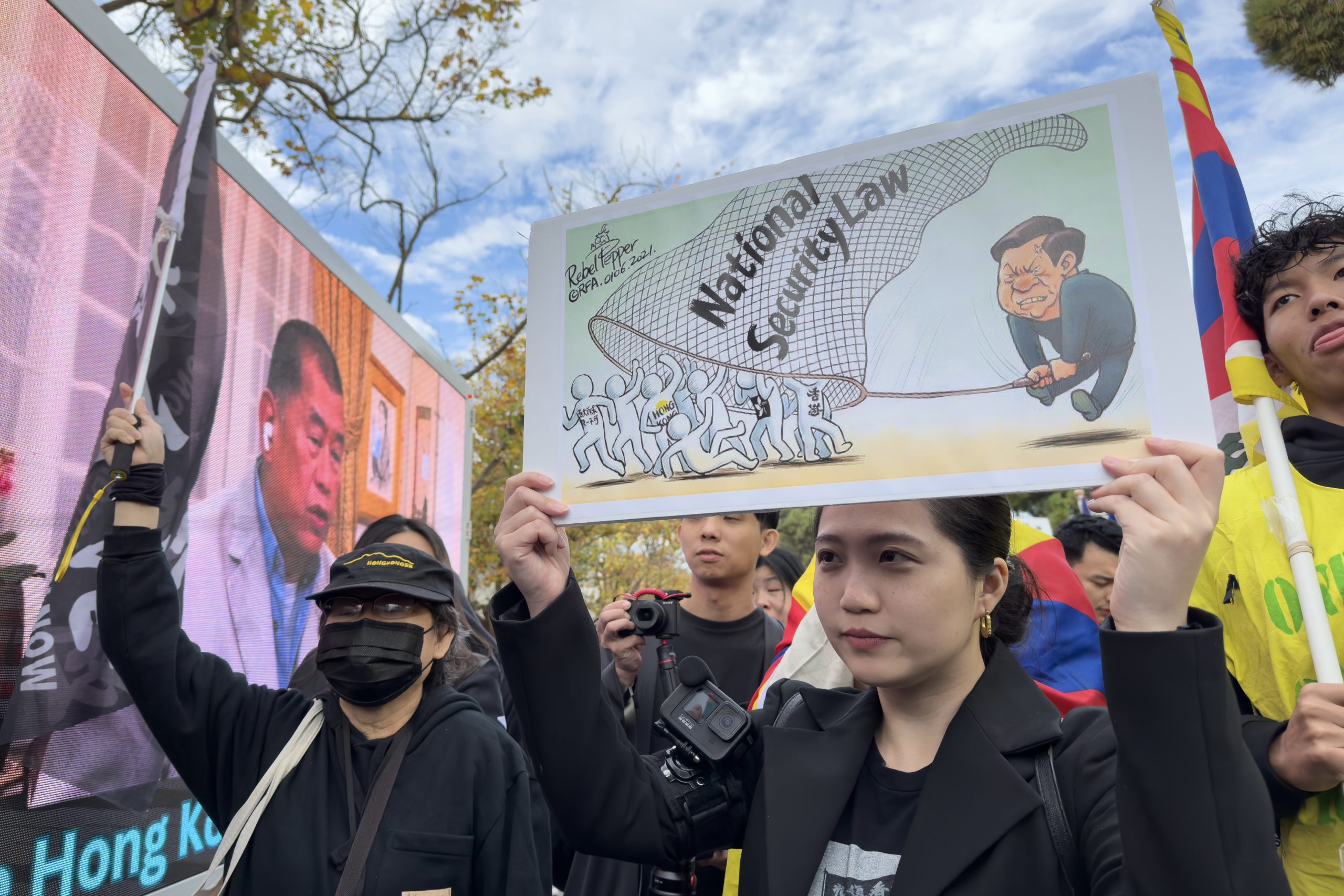
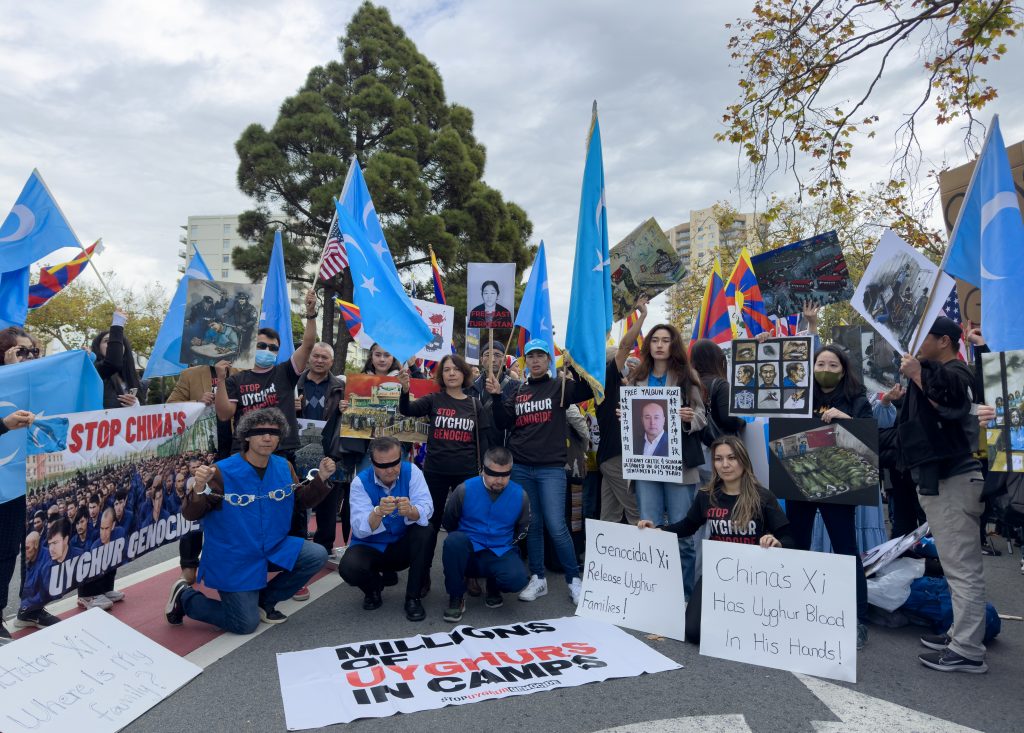
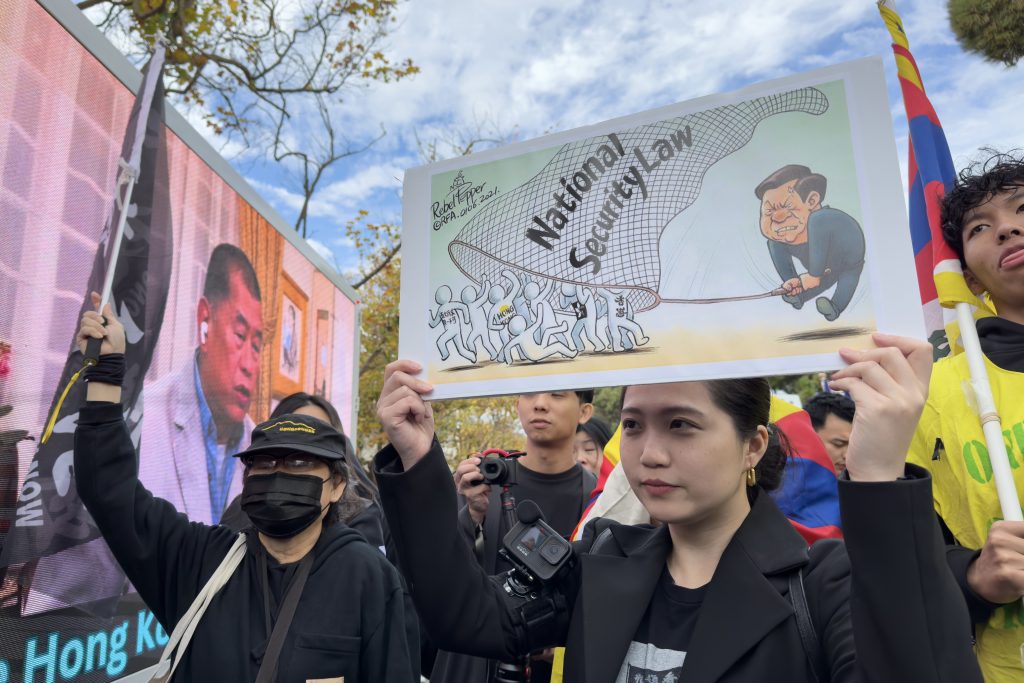
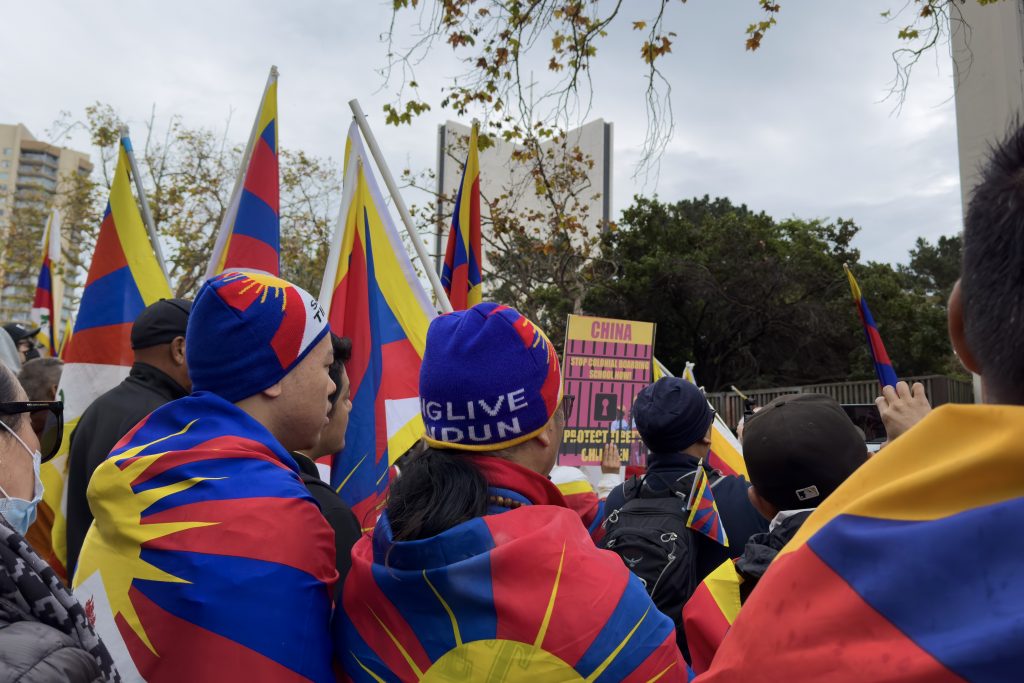
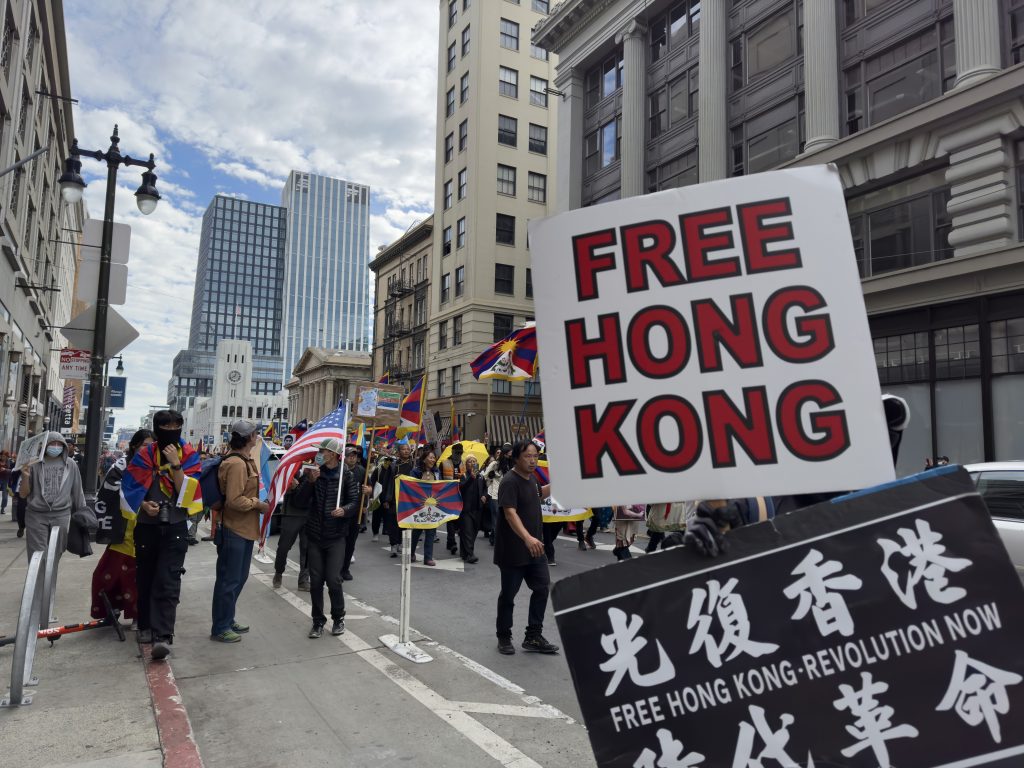





Comments are closed.